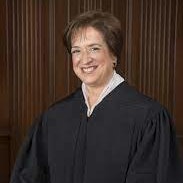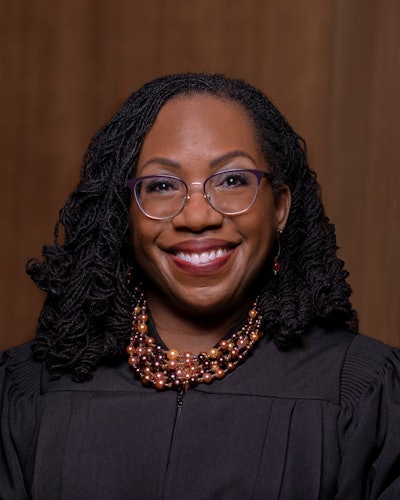After months of uncertainty for borrowers, the Biden administration’s student loan debt cancellation program, which offers $10,000 of relief to those making up to $125,000 and $20,000 for Pell Grant recipients, came before the Supreme Court on Tuesday, in oral arguments that stretched for over an hour past their scheduled time.
The justices heard two cases with the potential to curb the president’s efforts at forgiveness, one, Biden v. Nebraska, from a collection of states arguing that the program hurt their potential revenues, and one, Department of Education v. Brown, from a pair of borrowers who believed that they should have received some or more relief, respectively.
But a good portion of the argument didn’t turn on the merits of those cases. Instead, it focused on whether the plaintiffs had the standing to sue in the first place, the specific injury that is required as the grounds for a lawsuit. The state of Missouri argued that it would be damaged by the debt forgiveness through loss of revenue to the Missouri Higher Education Loan Authority (MOHELA), a quasi-state loan servicer. And the borrowers argued that they had suffered because the lack of a notice-and-comment period denied them the opportunity to advocate for even more debt relief for themselves.
Both claims encountered skepticism from the justices. In the states’ case, several of the liberal-leaning members of the bench seemed persuaded by arguments that MOHELA was a distinct entity from the state of Missouri.
 Associate Justice Elena Kagan
Associate Justice Elena Kagan
Although there was general agreement that MOHELA itself could have sued, even conservative judges cast doubt on Missouri’s standing. Justice Amy Coney Barrett questioned why the state hadn’t forced MOHELA to file a claim.
 Associate Justice Ketanji Brown Jackson
Associate Justice Ketanji Brown Jackson
J. Michael Connolly, the plaintiffs’ lawyer, argued that if the forgiveness program was cancelled, the Biden administration could use the Higher Education Act as a source of authority to forgive a greater amount of debt. Justice Ketanji Brown Jackson expressed doubt that that would ever happen, and Justice Sonia Sotomayor called the position “so totally illogical.”
The substance of the cases was discussed in parallel with the issue of standing. Several justices raised the major questions doctrine, a principle by which rules on “major questions” of economic or political significance require “clear Congressional authorization.” Solicitor General Elizabeth Prelogar argued that the HEROES Act of 2003 gives clear authority for debt cancellation by authorizing the Secretary of Education to “waive or modify” provisions relating to Title IV of the Higher Education Act, which authorizes student loans. The justices explored the meanings of “waive” and “modify,” including the idea that those words imply small changes, and the idea that student debt cancellation went beyond a change to creating a new program.
Several conservative justices cast doubt on the idea that Congress had authorized a program of such size and scope—the impact was repeatedly referred to as “half a trillion dollars.” Justice Clarence Thomas questioned whether forgiving half a trillion dollars of debt was equivalent to an appropriation of that amount, and Justice Neil Gorsuch suggested that the forgiveness program was an unfair giveaway to people who had taken out college loans, favoring them over people who had taken out bank loans to start businesses, instead.
Joshua Rovenger, a fellow at the Student Borrower Protection Center, which filed an amicus brief in support of the petitioners, was pleased by how the arguments went.
“Overall, I see it as a good day for student loan borrowers,” he said. “They have an incredible advocate in the solicitor general, and several of the justices really emphasized the way this impacts borrowers and how it’s so necessary.”
He described himself as cautiously optimistic about the outcome of the case.
Justin Draeger, president and CEO of the National Association of Student Financial Aid Administrators, said that the arguments underscored how far apart the sides are in the debate over student financial issues.
“Whether this one-time student loan forgiveness happens or not, it’s still going to be a one-time victory, and it doesn’t do much for this year’s student loan borrowers or next year’s student loan borrowers,” he said. “And the more I talk to folks on Capitol Hill, the more I wonder whether both sides of the aisle will be able to come together on the other side of this for any long-term changes to college affordability and student loan issues that will be needed.”
For those whose loans could be forgiven, however, their financial fate hangs in the balance. The court is expected to render a decision by the end of June.
Jon Edelman can be reached at [email protected].















